During the study of Shiatsu, the Xi points (or Geki in Japanese) are among the great classics to be learned by heart. However, the deep meaning of these points often escapes the neophytes. The fault lies in the various translations that are given to this particularly effective family of points.
The Xi points are written 隙 (xì). This word designates “cleft, crack, crevice” but it is not commonly used in Chinese. They prefer to use the words 裂缝 (lièfèng) or 罅 (xià) which have exactly the same meaning. Why then use this term? Because it has a second meaning which means “opportunity” or rather “favorable opportunity”. This reveals the hidden potential of the caracter. The crevice is not only the place where one falls, but also the place where things (here Qi energy) accumulate to constitute a reserve that will prove to be a chance in case of a hard blow. In the deserts of our planet, everything is dry and life has long since faded away. Except in the crevices (I refer SF readers to Frank Herbet’s magnificent book “Dune”, they will understand). Wherever a crevasse remains, there is still hope for life and sometimes life-saving reserves of water.

The same goes for the points that are part of this family. Crevasse points are also known by other names such as herald points, accumulation points or emergency points. All these names are quite justified, even if they do not correspond to the literal translation, in view of the results that these points give. Indeed, they are used in cases of acute pathology, when the case is serious, hence the term “emergency”. Their effects are often very effective, they lead a first-rate fight against the symptoms, hence the term “herald”. In the Middle Ages, the herald was an armed officer who carried the orders of the Prince and officially declared war. In Japanese, the term “geki” refers to this urgency, since it also has the meaning of “acute”. It opposes and thus completes another family of points, the “Raku” which one uses in the cases of chronic pathologies.
Effects and uses
In energetic of the channels, we understand that the Xi points are therefore holes, cracks or openings to the depths. In these points the Qi and the Blood gather and accumulate in a bottleneck before plunging into the body. It is thus the last hope (the good opportunity) to perform a treatment, all the more effective as one acts on both Qi and Blood. Moreover, these points have the particularity of stopping bleeding. More precisely, the Xi points of the Yin channels are known to act on the Blood while those of the Yang channels suppress pain. They are therefore first-rate allies in many Shiatsu treatments.
The pressure on these points will release the accumulation of energy which will pour forcefully into the channel. This is the reason why Xi points are appreciated, because they quickly remove obstructions in the channels and calm the pain related to the affected channel or organ. As you can see, these points are mainly used during the acute phases of a disease, especially in the case of fullness.

One will also note that among the recurring effects of these points they calm the Shen, that is to say the Spirit. One might be surprised by this effect, but when a pathology is acute, the pain frightens the Spirit. This is why these points are also precious: they remove the pain while calming the patient.
Location of the Crevasse points
All the channels and all the Extraordinary Vessels, with the notable exception of the Governor (Du Mai) and Conception (Ren Mai) Vessels, have a point Xi, bringing their number to 16 in total. They are always located in deep parts of the anatomy. But beware! They should not be confused with Sea points (in the ancient 5 Shu system). They too are deep, but they are not related. This said, the combination between Sea and Crevasse points must be interesting, to be tested. Otherwise, all the Xi points are located between the extremities of the limbs and the knee or elbow, with the exception of the 34 Stomach which is a little bit above the knee. Let’s see this in detail.
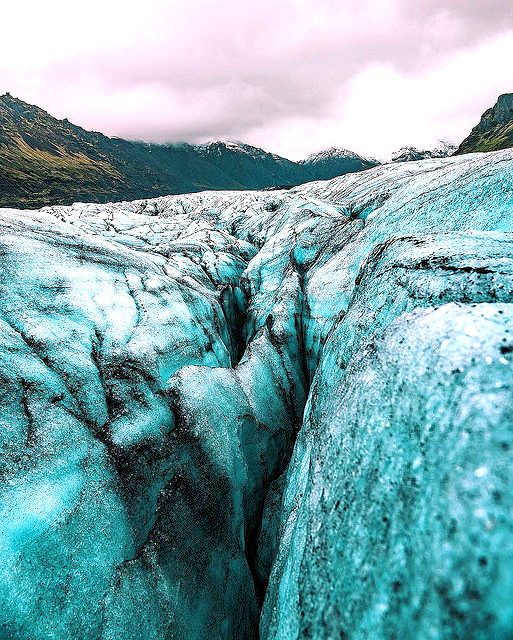
Lung: Collection hole (LU6 – Kongzui – 孔最)
- Infos: The word Kong refers to the Qi of air in Chinese physiology. We are thus well on the Lung channel. It is located 7 inches before the Source point (LU9) in the wrist fold. We can also start from LU5 in the bend of the elbow and count 5 inches.
- Effects: It regulates the Qi of the Lung, disperses heat, treats Blood problems related to the lungs.
Large Intestine: Warm dwelling (LI7 – Wenliu – 溫溜)
- Infos: If the word Wen is nowadays translated as “lukewarm”, its primary meaning is liquid food (soup) that one brings to a prisoner. As for Liu, it is the accumulated water that can flow again. In other words, it is a point that will feed the Qi of the Large Intestine and make this energy flow. It is located 5 inches from the LI5 point, better known as the “snuffbox hole”, on the radial edge of the dorsal side of the forearm. It is also known as the Snake Head, Thwarted Flow, Pond End, Deep Well or Extreme Hole.
- Effects: It disperses heat, restores energy to the channel and treats acute problems of the Large Intestine.
Stomach: Beam hill (ST34 – Liangqu – 梁丘)
- Infos: This is the only Xi point that is not located between one end and a knee (or an elbow). Its meaning is that of a bridge over a dividing valley. It is therefore necessary to look for a muscular protrusion and not a hollow as is often the case with points. One of its many names is “hill of grains”, which means that this place comes out when the stomach is thriving. To find it, you have to go up 2 inches from the super-external angle of the patella.
- Effects: It treats the Stomach in case of emergency, reduces oedema, stimulates the Luo and regulates the Liver.
Spleen-Pancreas: Earth crux (SP8 – Diji – 地機)
- Infos: You usually remember this point all your life if you had the bad idea to press it on a drunken evening. Also known as “sieve of the earth, home of the Spleen or Earth system”, Diji is a very sensitive point to overeating and overdrinking. It is located under the inner edge of the tibia, 5 cun below the bend of the knee.
- Effects: it strengthens the Spleen and increases the Ying Qi, heals the uterus, drives out Moisture, regulates Blood, retains the Jing (in case of night pollution) and dissolves ovarian cysts. Special mention for its ability to stop bleeding (hemorrhagic menstruation).
Heart : Yin cleft (HT6 – Yinxi – 陰郄)
- Infos: Well, with this point, it’s all in the name. It is the Shaoyin cleft point (Heart-Kidney), also known as “Yin dale, Stones palace, free movement pass”. Located 0.5 inches from the Shenmen point (C7) in the wrist crease, its action on the Heart is first-rate.
- Effects: It supports and soothes the Heart, tones the Yin, calms the Shen and chases away depression.
Small Intestine: Nursing the aged (SI6 – Yangliao – 養老)
- Infos: This point has a very revitalizing action on aging tissues, because it increases the Yang (hence its name). But the word Liao which means “old, aged”, also gives by extension the sense of “venerable, experienced, who knows a lot, who poured into”. By experience, one must take the time to listen and work on this point so that it gives all its fruits. It is found in the radial side hollow just above the styloid process of the wrist.
- Effects: It disperses Heat, eliminates Moisture, revitalizes bones, tendons and muscles, improves vision, facilitates the circulation of Qi in the channel and calms the pain of the Small Intestine.
Urinary Bladder: Metal door (UB63 – Jin men – 金門)
- Infos: Among the Gate/Door points (Men), the Precious Door or Metal Gate is also a cleft point, which gives us an idea of its importance. Also called “Golden Gate, Parade Bridge or Bridge-shaped Pass”, it is the starting point of the Yangwei Mai. For all its reasons, it is one of the great treatment points of such power that it is reputed to be the most effective point against epilepsy and convulsions, thus making it a “precious” gateway to healing. It is found on the outer edge of the foot, in a recess on the inner edge of the cuboid bone (between V62 and V64).
- Effects: It disperses Heat, opens the orifices (in all senses of the word) and calms the Shen causing a general relief, finally it relieves cramps.
Kidney : Water spring (KD5 – Shui quan – 水泉)
- Infos: Literally Shui Quan means “water” and “fountain”. But these two terms should be understood differently as the water that comes out (source) of the body (i.e. urine). Thus, we understand that it is a point for treating urinary disorders, hence its other name: “urinary syndrome”. In fact, the KD5 is known to deal with dribbling of urine. To have such strength, Shui Quan is also related to the Chong Mai and the Ren Mai. It is located on the medial side of the foot, against the heel bone, 1 inch below the famous Kidney (R3) source point in the hollow of the tendon.
- Effects: Regulates the Chong Mai (Penetrating Vessel) and the Ren Mai (Conception Vessel), clears the lower focus, strengthens the Liver and Kidney, activates the Blood and regulates menstruation.
Pericardium: Xi cleft door (PC4 – Ximen – 郄門)
- Infos: Here is another Door point which is also a cleft. Other names : Slit Door or Sharp Door. In other words, it is a door for problems in acute phase or in case of bleeding (like all Xi points of the Yin type). Placed on the central line of the forearm (inner side), it is found 5 inches from the wrist fold.
- Effects: Calms the Heart and Shen, regulates Blood and Qi, eliminates stasis, stops bleeding, lifts obstructions in the channel and calms pain.
Triple Heater: Convergence and gathering (TH7 – Huizong – 會宗)
- Infos: Litteraly “gathering of ancestors”. In Chinese culture, the cult of ancestors is one of the cardinal points of classical society. This is why this point has a very important symbolism and is nicknamed “fundamental diversion or essential meeting”. Slightly offset towards the outer edge of the arm (little finger side, outer face) in relation to the channel’s line, it is necessary to make a diversion to visit it, as when you go to the temple of the ancestors. At 3 inches from the outer fold of the wrist, it is thus offset by one inch with respect to the HR6.
- Effects: it circulates the Qi of the channel, sharpens the hearing, opens the upper orifices of the body.
Gall Bladder: Outer Hill (GB36 – Wai qiu – 外丘)
- Infos: Facing GB35 (1 inch forward), 7 inches from the lateral malleolus, located exactly in front of the fibula and between this bone and the anterior tibial muscle, VB36 is not one of the students’ favourite points because of the angle it forms in the channel. That being said, it provides sovereign relief for gall bladder injuries.
- Effects: It circulates the Qi in the channel, invigorates the Luo and calms the Shen.
Liver : Middle capital (LI6 – Zhong du – 中都)
- Infos: Zhongdu is the name of the capital of the Jin dynasty (1115-1234). But this is not a reference to Chinese history. Its name indicates the importance of its role, because the capital has always been the centre of power for China and the middle, the centre, represents the place of Man between Heaven and Earth, as well as the centre of the known world. It is not for nothing that China calls itself Zhong guo (the country or empire of the Middle). Here it must be understood that this “flourishing Centre” serves to “establish the connection between the top and the bottom”. Its location is a reflection of GB36, since it is also 7 inches above the malleolus (internal this time), on the edge of the tibia bone.
- Effects: It regulates the Liver and releases its stagnation, thus makes Qi circulate, invigorates and nourishes the Blood, stops bleeding, calms pains.
Yang Heel Vessel: Instep Yang (UB59 – Fu yang – 跗陽)
- Infos: Here we are now on the cleft points of the Extraordinary (or Curious) Vessels. This point is also translated as “Yang of the foot bone”, but the word Fu actually refers to the ankle, or rather the “neck of the foot” and Yang refers to the energy above it. Therefore, it is understood that it is anatomically located above the ankle, 3 inches above UB60, the point that is in the Achilles tendon hollow, on the external side.
- Effects: Relieves tendons, promotes joints, disperses heat from the head, clarifies the Luo, treats paralysis.
Yin Heel Vessel: Intersection reach (KD8 – Jiao xin – 交信)
- Infos: Litteraly “Hand over the letter”. One other name for this item is “Cross the messenger”. It is therefore the messenger of the Kidney, responsible for supporting the muscle tone of the inner face of the muscles. Located on the inner side of the leg, 2 inches above the Source point (KD3) in the Achilles tendon hollow, and a little in front of KD7 (whose role is to send the Kidney Qi to the upper body). Jiao Xin is therefore a point that will put Yin energy back where it belongs.
- Effects: Nourishes and regulates the Liver and the Kidney, enriches the feminine matrix, refreshes Heat and Humidity, regulates the Blood layer and therefore supports the menstruation.
Yang Link Vessel: Yang intersection (GB35 – Yang jiao – 陽交)
- Infos: This point has many nicknames such as “bone hollow of the leg, distinct Yang channel or side gate”. Located 1 inch in front of GB36 (which is also a Xi point), note the importance of this area of the leg in emergency care. This point unites both the Yangwei Mai and the GB channel, hence its function as a “Yang junction”. It is located 7 cun above the external malleolus.
- Effects: It circulates the Qi of the Yang channels, invigorates the Luo, calms the Shen, relieves pain and brings general relief.
Yin Link Vessel: Guest house (KD9 – Zhu bin – 築賓)
- Infos: At 5 inches above KD3 (and only 3 inches from KD8 the Xi point of the Yinqiao Mai), his name indicates a “man who builds adobe walls”, combined with “a gift you give to a guest”. This point is therefore a shelter, a house, specially built for guests. But another meaning indicates “to submit oneself to…”. It must therefore be understood that the point is a real gift that submits the pain and supports the visitor (ourselves).
- Effects: Tones and regulates Liver and Kidney, eliminates Heat and Humidity, clarifies the Heart and calms the Shen.
Good practice!
Author: Ivan BEL
- Free online class: Treating the Neck with Ivan Bel - 21 March 2024
- Summer intensive course: back to the roots of Shiatsu – 7 to 13 July 2024, with Ivan Bel - 27 December 2023
- Interview with Wilfried Rappenecker: a european vision for Shiatsu - 15 November 2023
- Interview : Manabu Watanabe, founder of Shyuyou Shiatsu - 30 October 2023
- Interview Mihael Mamychshvili: from Georgia to Everything Shiatsu, a dedicated life - 22 April 2023
- Biography: Dr Haruchiki Hirata 平田内蔵吉 (1901-1945) - 21 April 2023
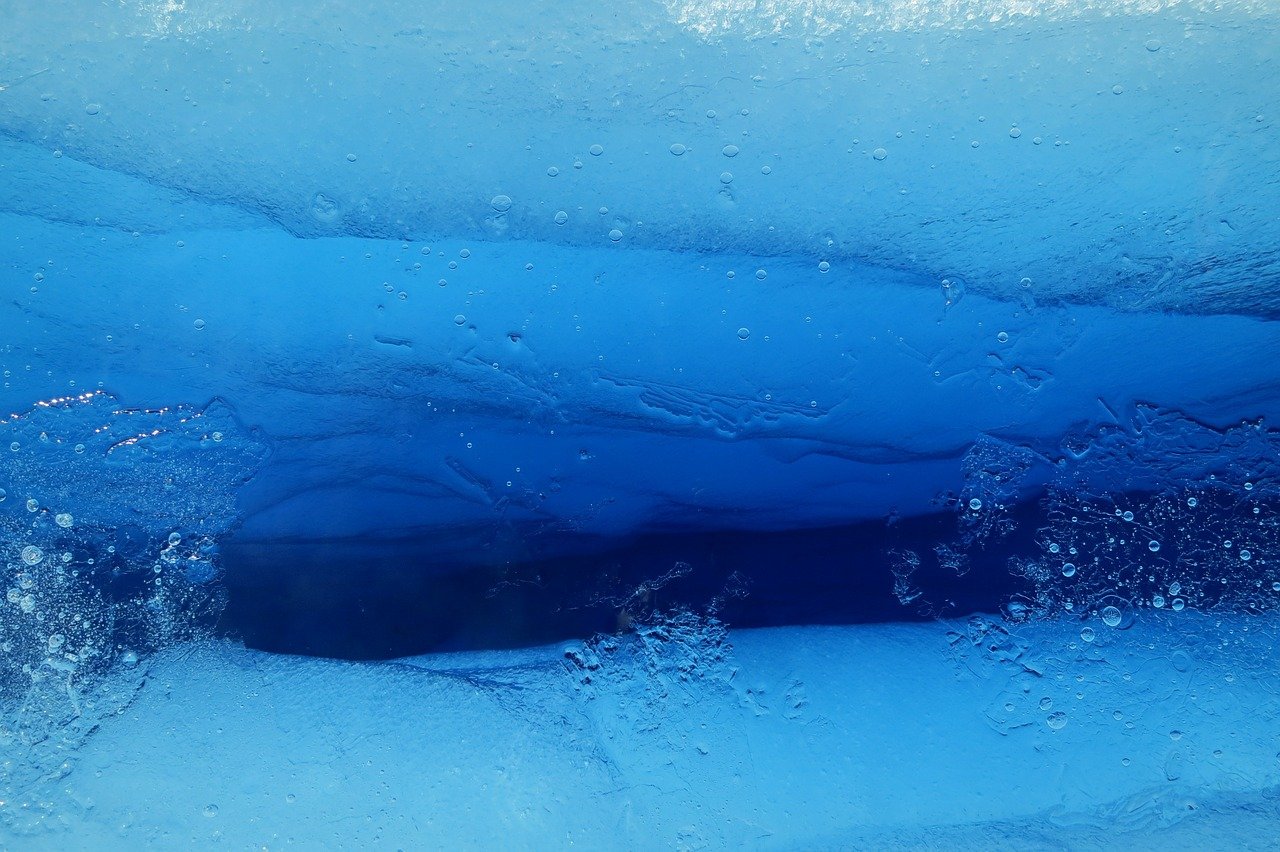
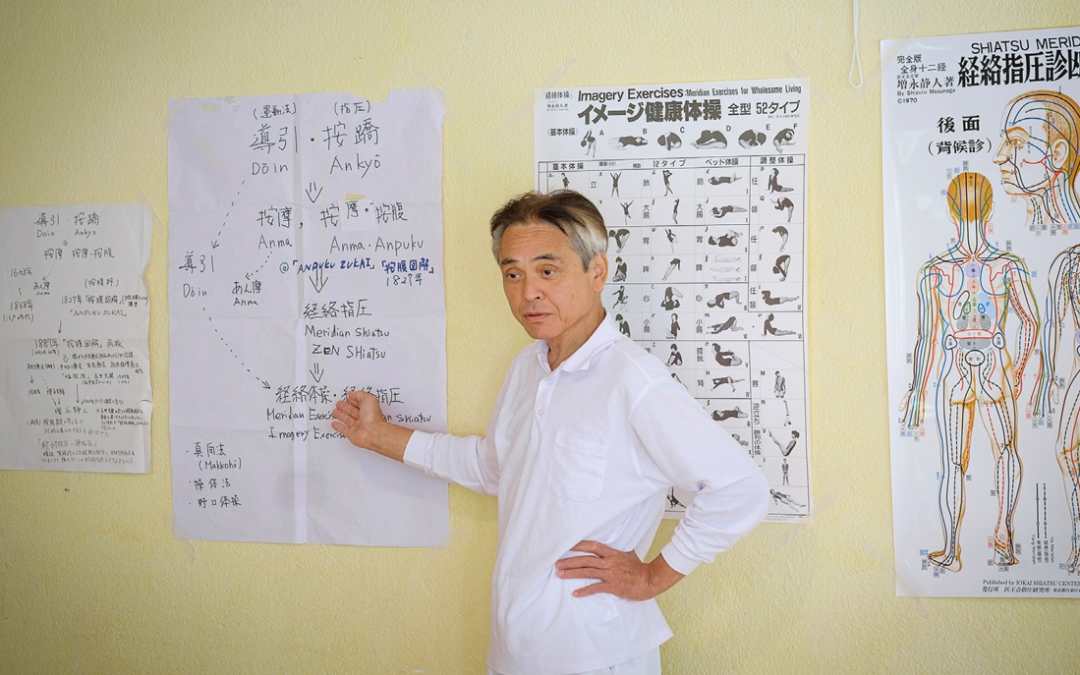
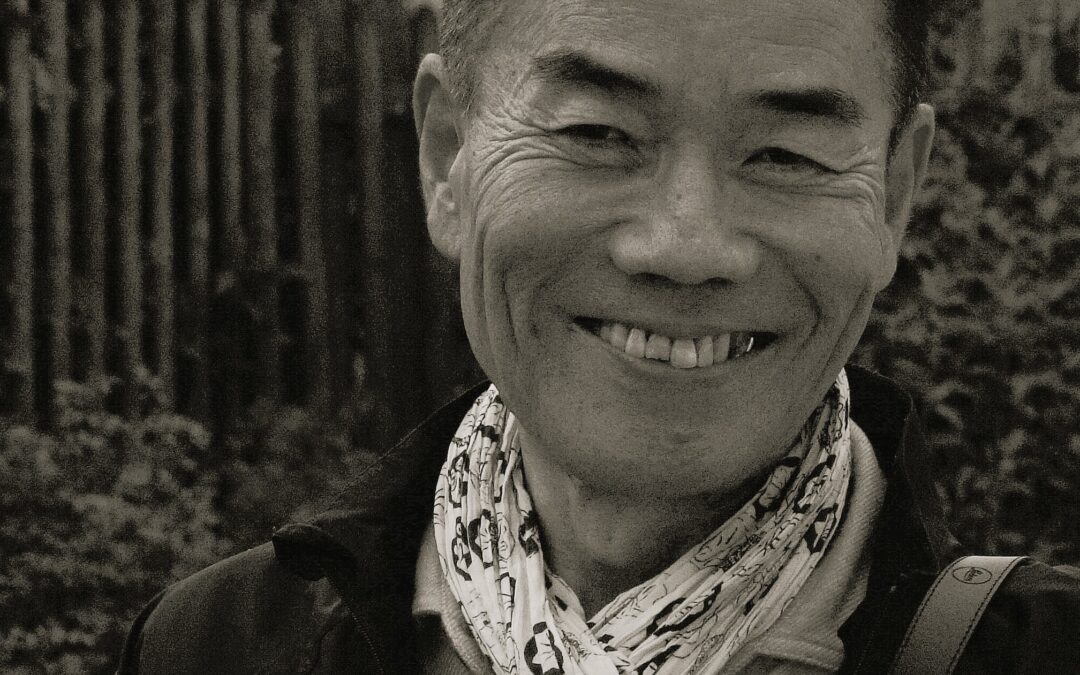

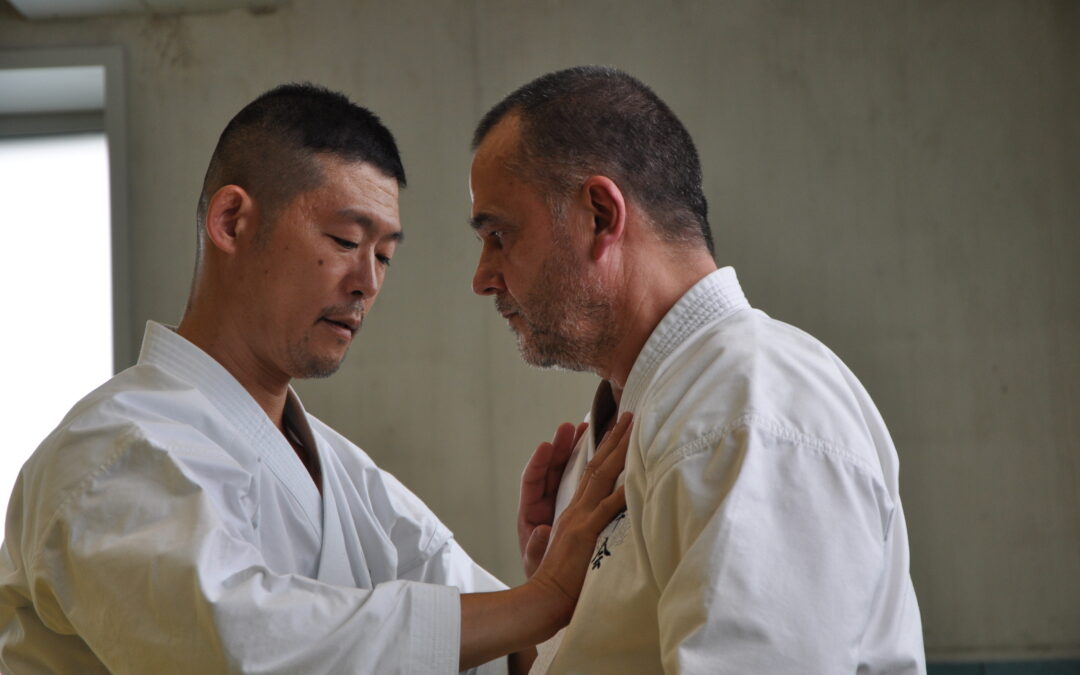
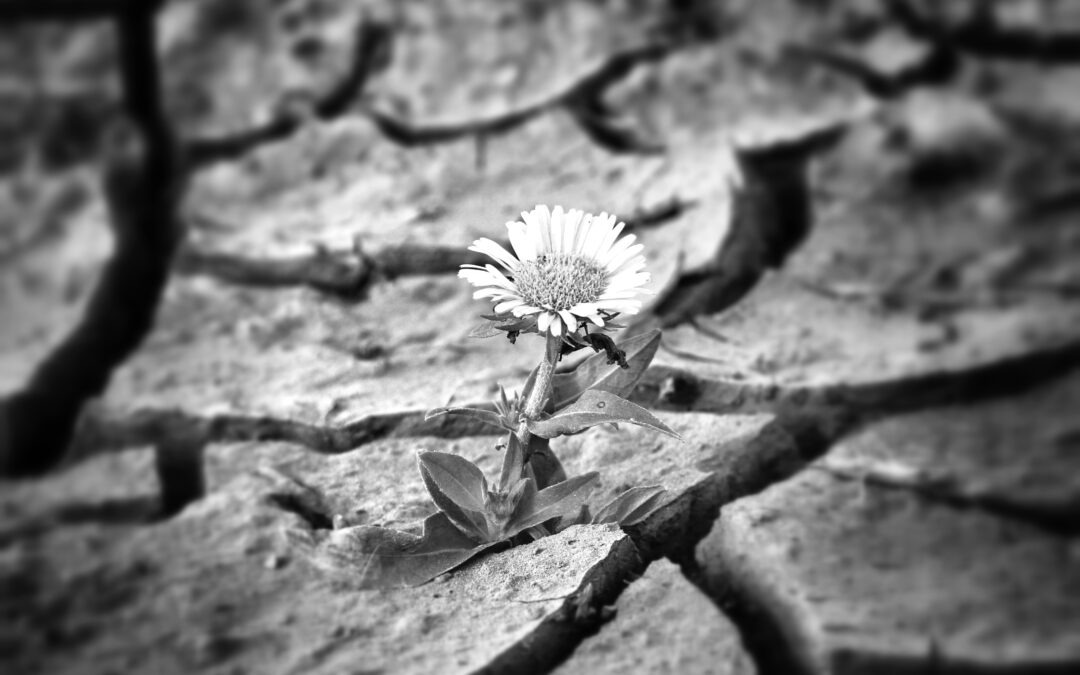
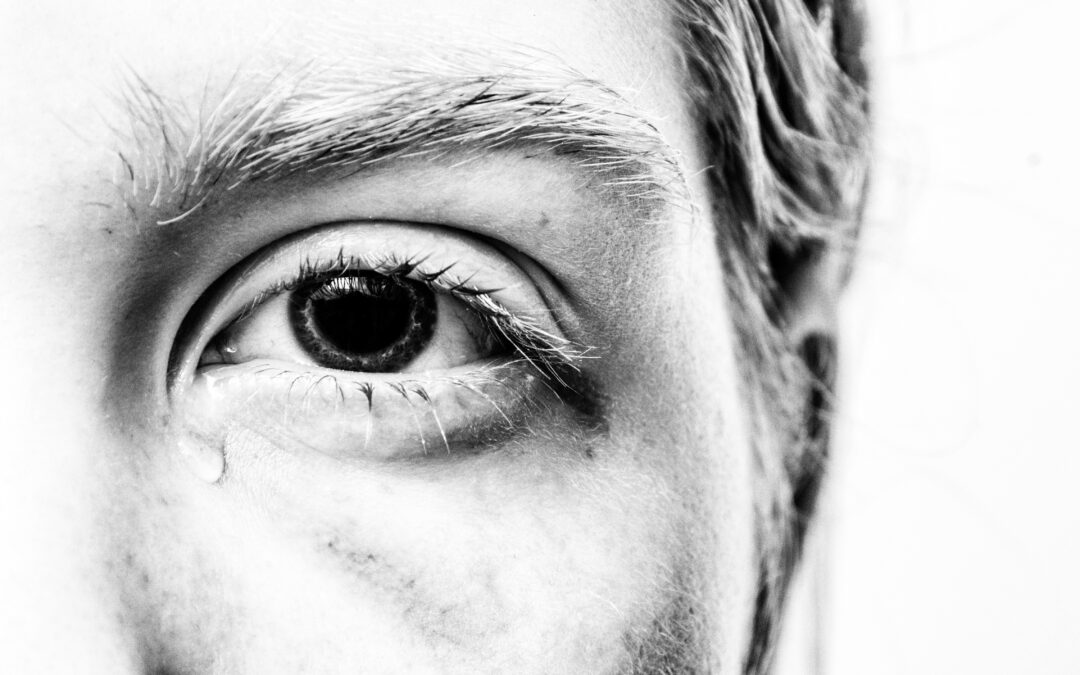
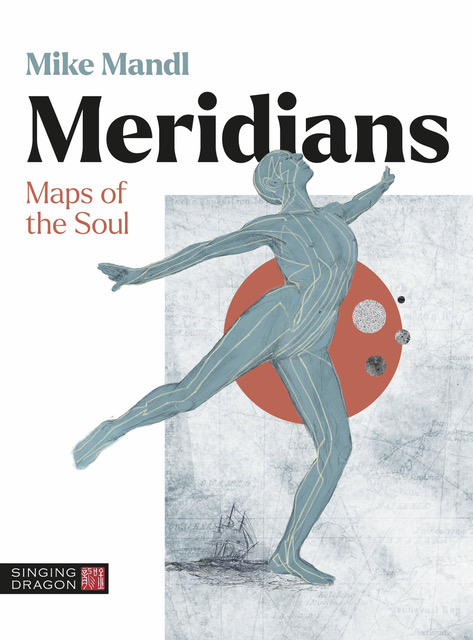
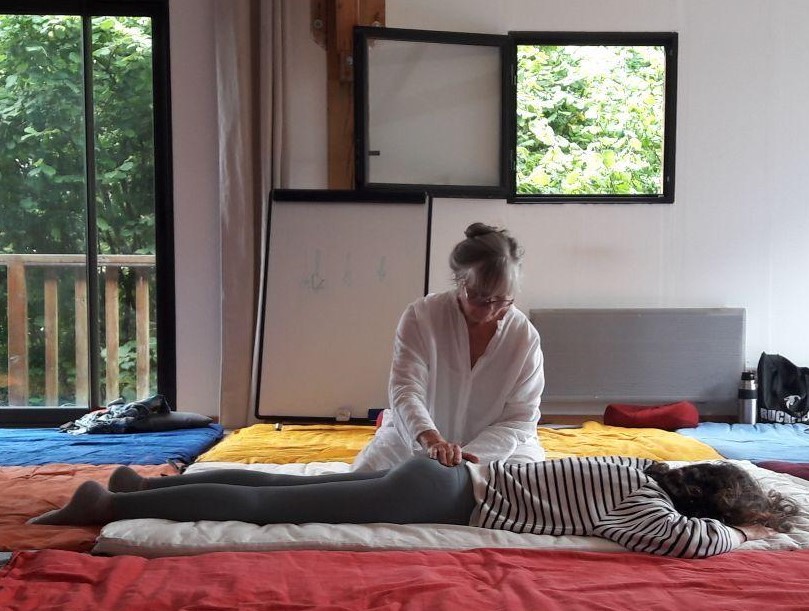

![--- F1 ---
Dernier point de cette petite série sur les points Jin (entrée) des méridiens, le point 1 du Foie. De son petit nom chinois Dà dūn (大敦) ou Daiton (en japonais), voyons un peu si les traductions que l'on trouve sont corrects. En français ou parle par exemple de "gros et massif" et en anglais "large pile", ce qui n'a pas grand chose à voir.
Le premier caractère 大 est simple, il signifie "grand". C'est un homme qui écarte les mains pour expliquer combien la sardine était grande dans le port de Marseille. L'autre caractère 敦 a deux sens. Utilisé aujourd'hui comme un adjectif, il signifie "honnête, entier". En revanche, il était autrefois utilisé pour désigner un "réceptacle à grains". Cela nous amène a repenser le nom comme étant "le grand [point] honnête] dans le sens où, lui et les deux points suivants, vous feront bien mal pour vous dire honnêtement que quelque chose ne va pas dans le Foie. On pourrait également le voir comme un "grand réservoir de nourriture" (au sens énergétique du terme) dans le sens où il est au départ de l'une des piles du système corporelle. Si les Reins, le Cœur ou le Foie s'arrête, on ne peut pas dire que l'on soit en pleine forme.
Point Ben (racine), point Jing des 5 Shu antiques, on le trouve à l'angle de l'ongle externe du gros doigt de pied. Il agit principalement sur les troubles du bas ventre et des organes génitaux féminins et masculins, il suffit de consulter un atlas pour s'en convaincre.
Mais on le trouve également recommandé pour traiter l'épilepsie, les grandes peurs, la perte de connaissance. Pourquoi ? Rappelons-nous ce beau métier qui était croque-mort... je blague bien entendu ! Il s'agissait notamment de croquer à pleines dents le gros orteil afin de vérifier que la personne soit bien décédée. La douleur est si intense qu'il est impossible de ne pas avoir de réaction. Ce qui vaut pour un "faux" mort, vaut pour la tétanie, la somnolence et la perte de connaissance.
Belle pratique !
#ryohoshiatsu #tsubo #foie #shiatsu #shiatsumassage #shiatsutherapie #shiatsutherapy #shiatsuterapia](https://www.ryohoshiatsu.com/wp-content/plugins/instagram-feed/img/placeholder.png)